History
1983
Our history begins with our founding as Oregon Trout, the first wild fish conservation group in the Pacific Northwest.
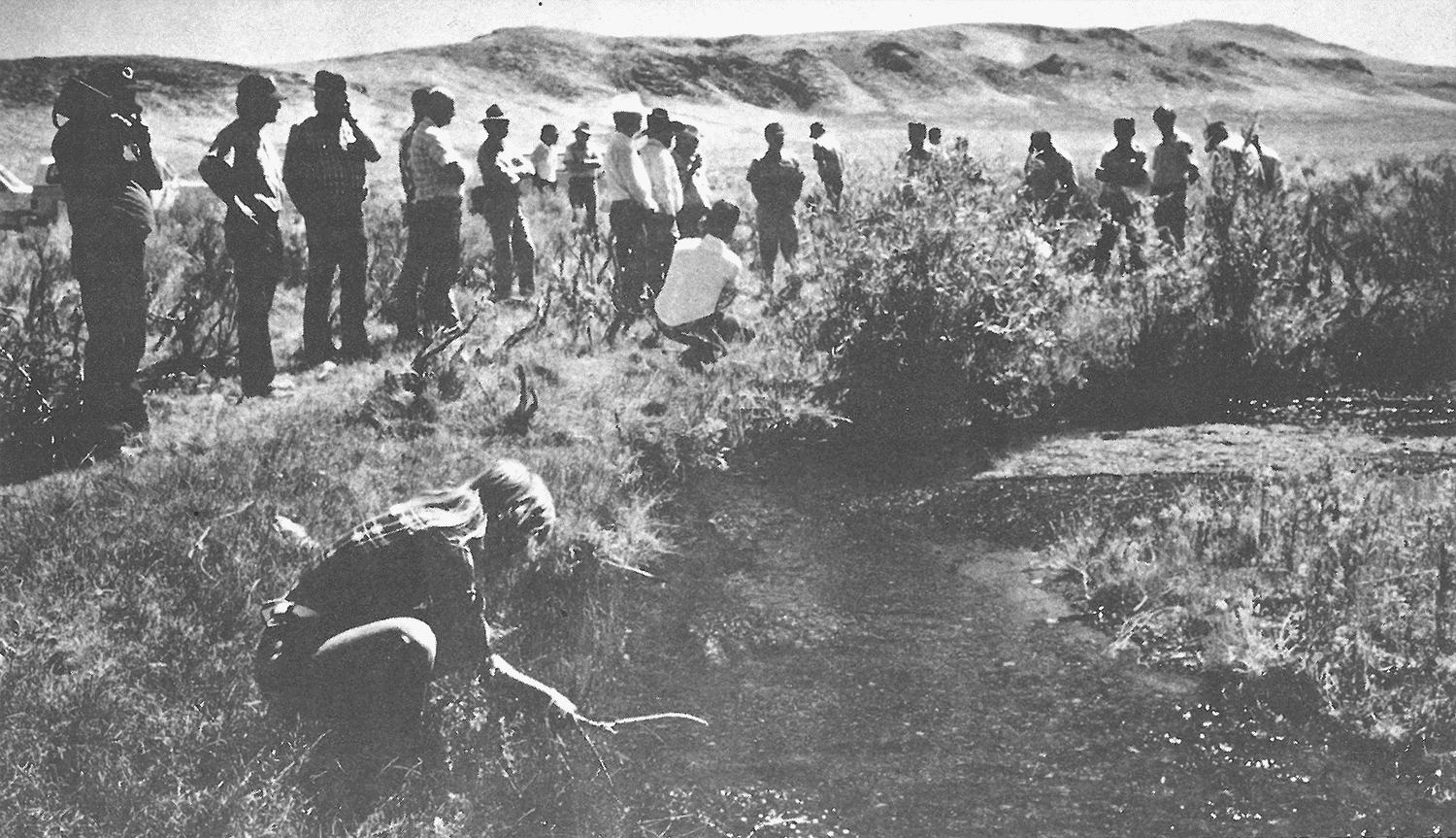
1991
Led coalition that filed to list several Pacific salmon under the Endangered Species Act.
1993
Founded Oregon Water Trust, the nation’s first water trust.
1996
Created the region’s first outdoor educational program to connect students with wild fish, a program that continues today as Salmon Watch.
1998
Led the effort to designate lottery dollars to habitat restoration, the largest conservation fund of its kind.
2000
Created the Pacific Northwest’s first fish refuge on the Donner und Blitzen River, afoot Steens Mountain.
2003
Internationally recognized for implementing the first of its kind large mainstem river remeander in Oregon’s Klamath River Basin.
2006
Planted 100,000 trees along the Deschutes River.
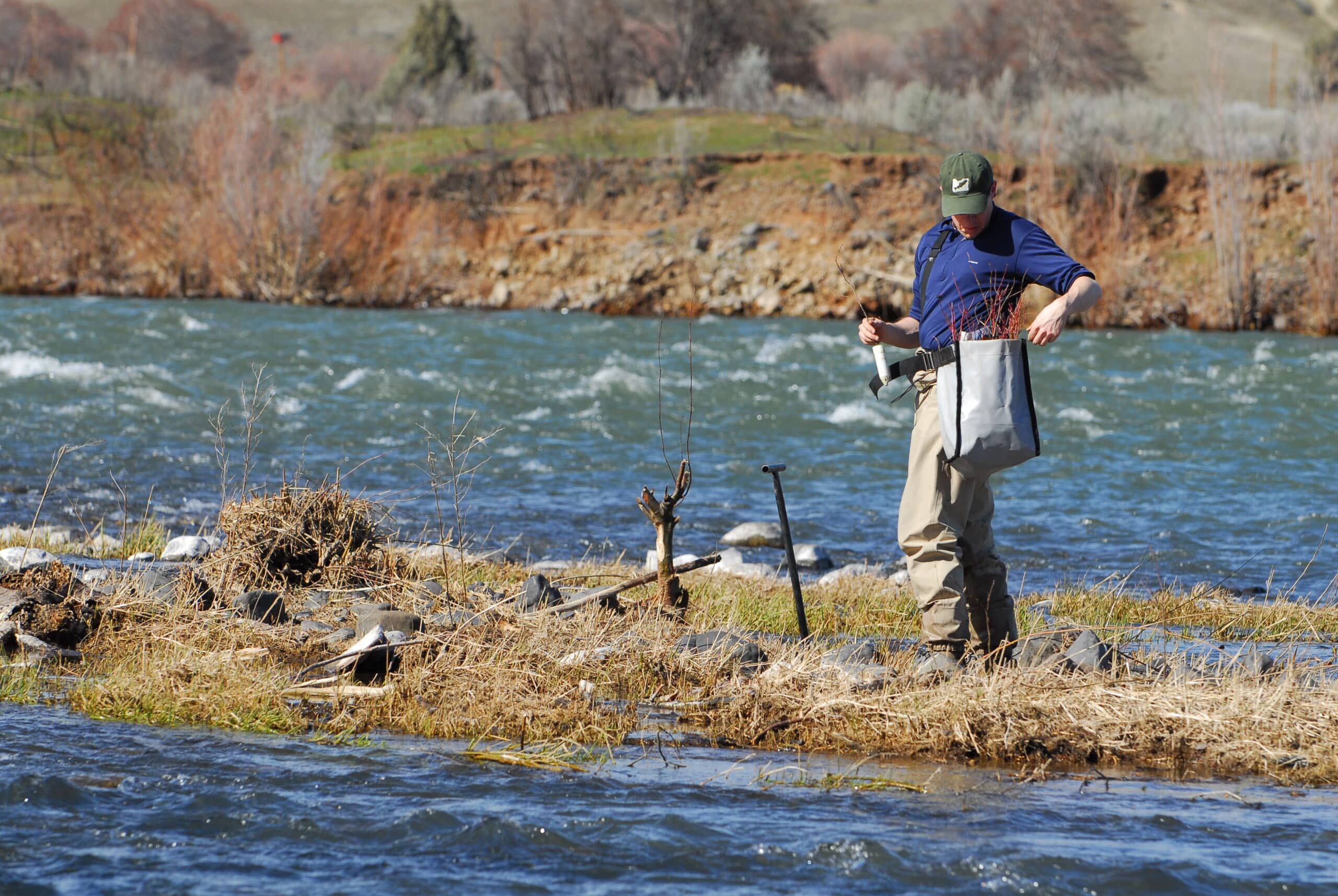
2007
Launched effort to build the StreamBank® web platform to increase the pace and scale of restoration projects.
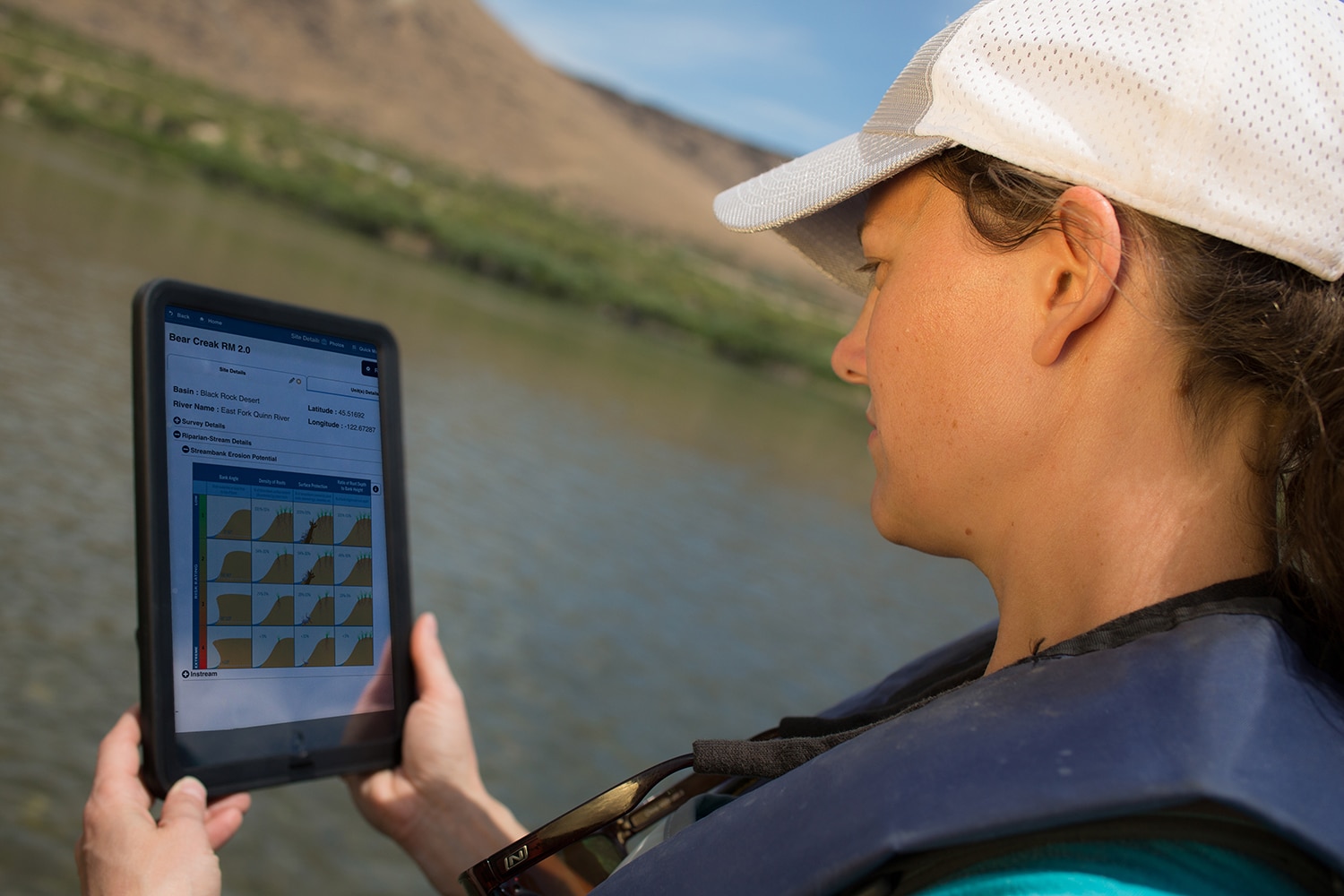
2009
Merged Oregon Trout and Oregon Water Trust into The Freshwater Trust.
Led corporate and educational effort to pass No Oregon Child Left Inside Act, effectively making environmental literacy a graduating requirement.
2011
U.S. patent for StreamBank® issued.
Secured $1 million grant from the USDA’s Conservation Innovation Grant program.
Signed 20-year contract with the City of Medford to restore 10-15 miles of streams in the Rogue River Basin – launching the nation’s most accountable water quality trading model.
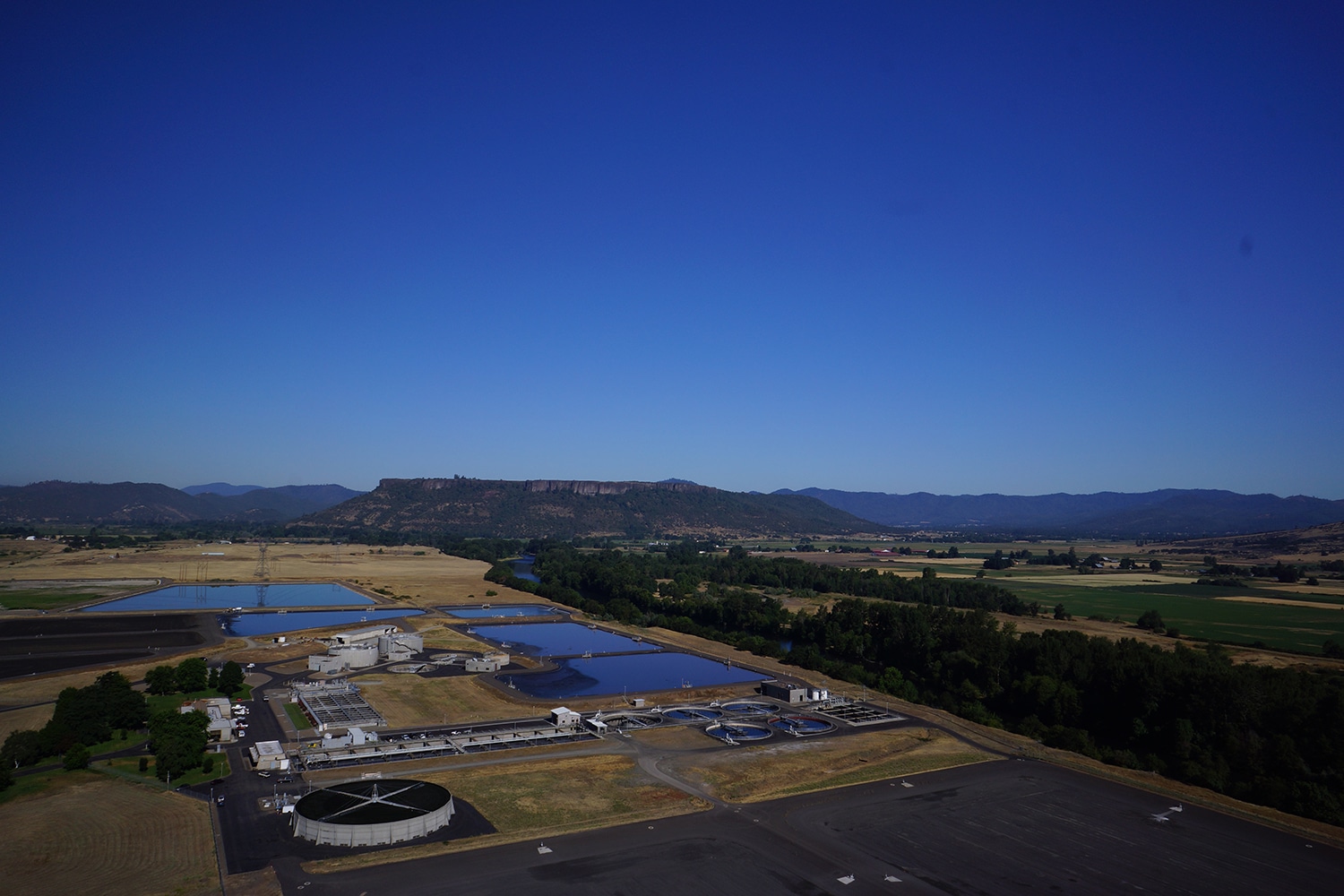
2013
Implemented FAST: Fifteenmile Action to Stabilize Temperature. FAST uses a predictive model that combines climate and streamflow information to forecast water temperatures and alerts irrigators to reduce diversions when needed.
Awarded U.S. Water Prize for innovation.
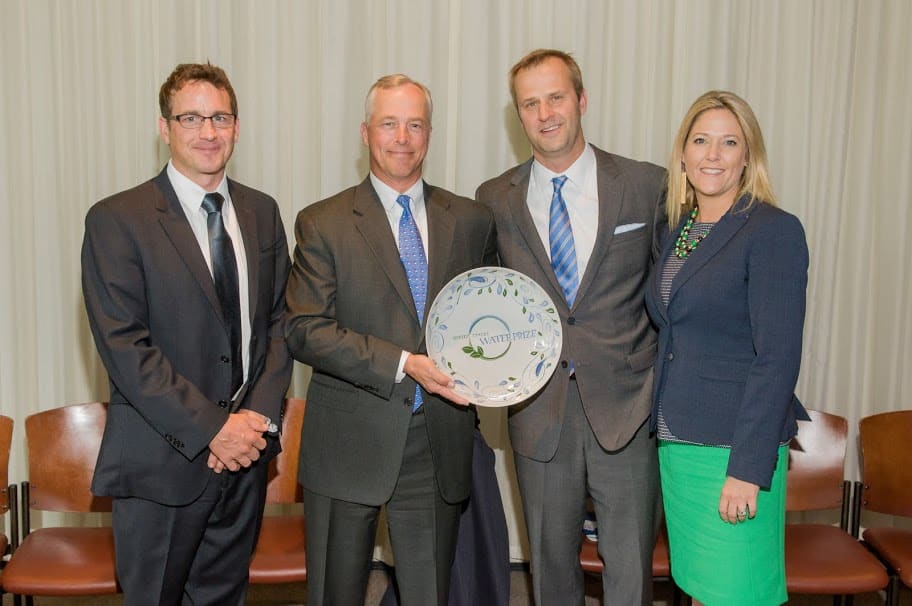
2014
Received State Land Board Award for basin-scale habitat work in the Sandy River Basin.
Opened office in Boise, Idaho.
Launched “Freshwater Talk” podcast, which explores the intersection of finance, politics, technology and the environment.
Developed program to protect the McKenzie River with local conservation groups, implementing riparian restoration actions and water leasing programs.
Started working with California’s City of Santa Rosa to reduce phosphorus and improve habitat quality in the Laguna de Santa Rosa.
2015
Island Press published President Joe Whitworth’s first book “Quantified: Redefining Conservation for the Next Economy.”
Partnered with Google to discover how using advanced cameras could help survey waterways.
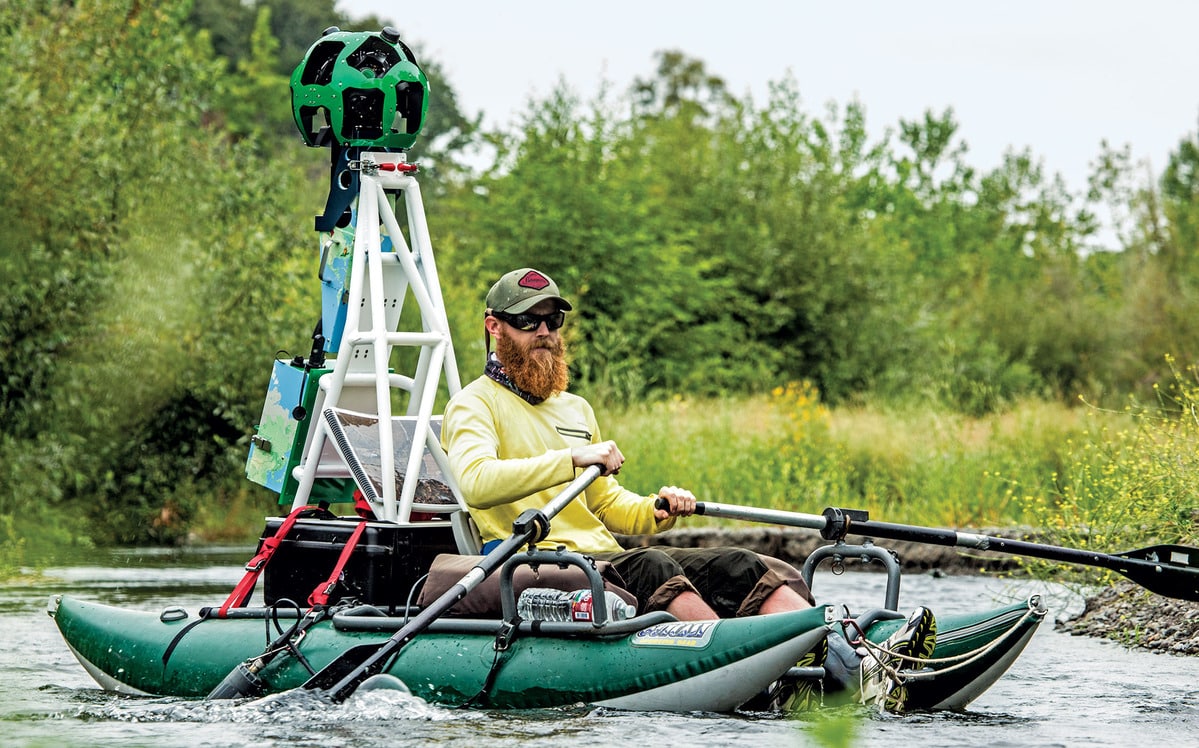
Awarded $350,000 from the Rockefeller Foundation to build a water budgeting prototype in California.
Received $150,000 for restoration work in the John Day River Basin from the Bella Vista Foundation.
2016
Opened office in Sacramento, California.
Implemented first on-the-ground restoration action as part of the Snake River Stewardship Program with Idaho Power Company.
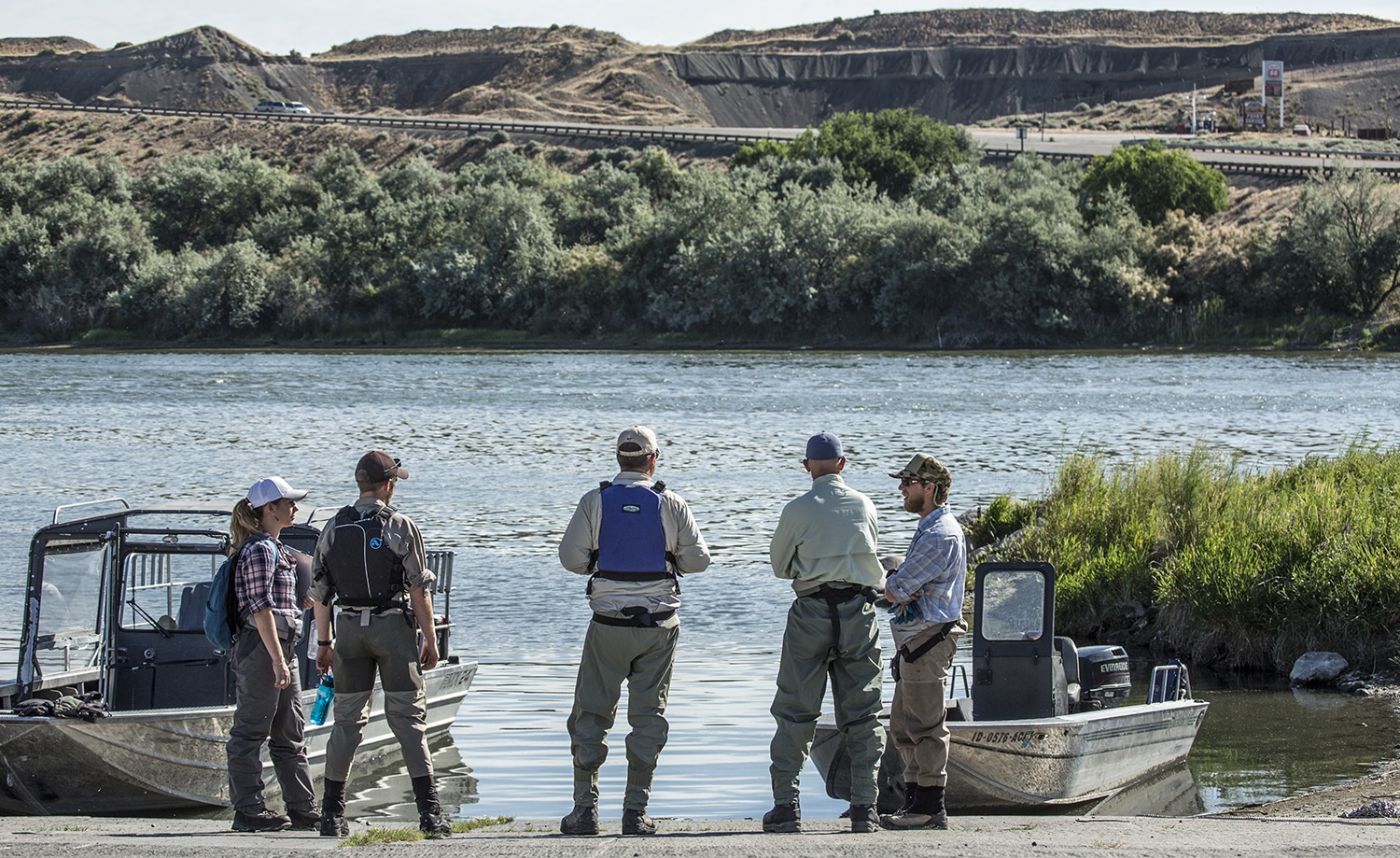
Finalist in Imagine H2O’s California Water Policy Challenge.
Partnered with Portland State University and Oregon State University to test how drones can help monitor streamside health.
Awarded Portland Monthly’s Light a Fire Award.
Received $114,265 grant from The Oregon Water Resources Department to restore Catherine Creek.
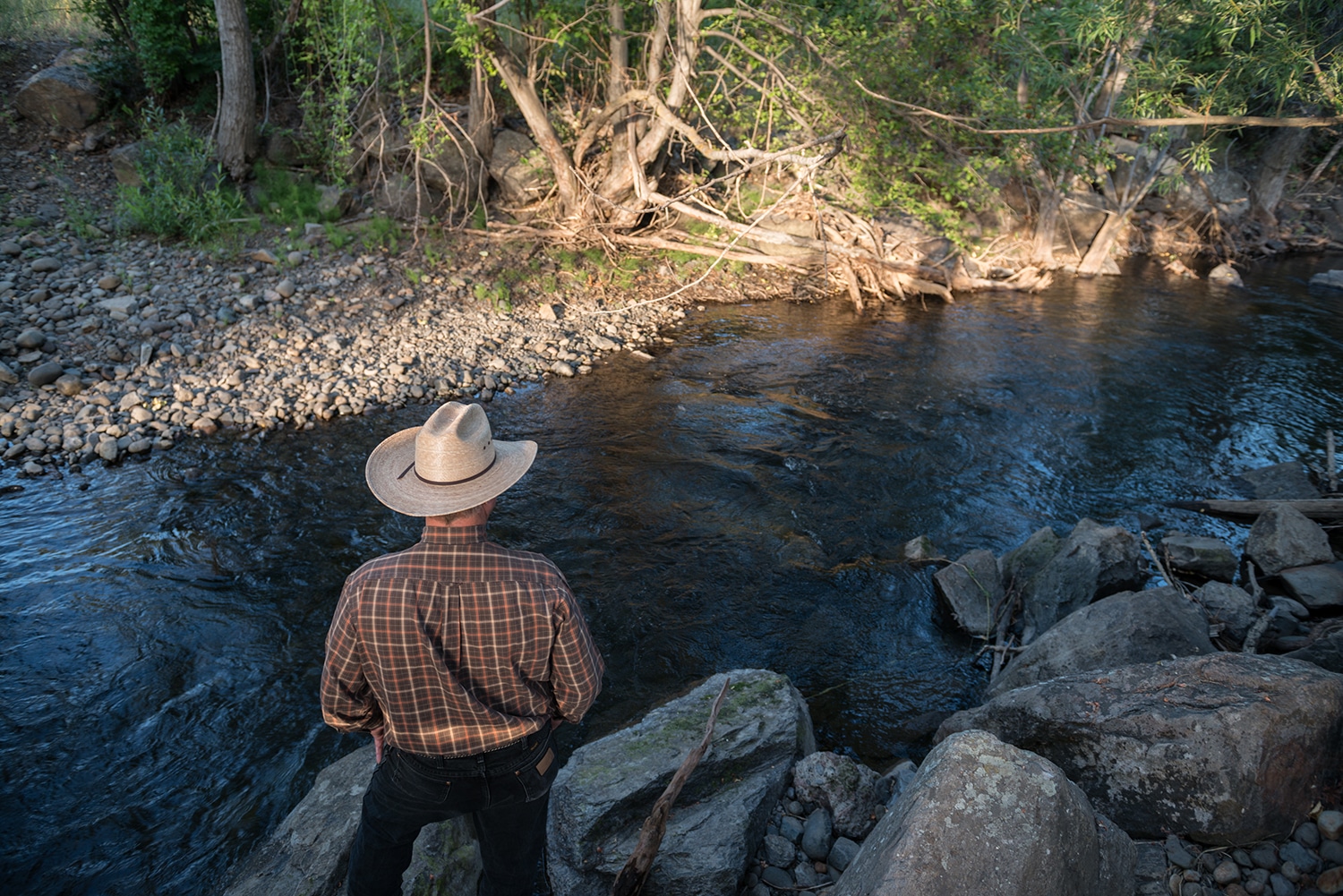
Participated in Pacific Power’s Blue Sky Habitat Fund.
2017
Launched The Streamside Series blog: A space of insight and commentary on how people, business, data and technology shape and impact the world of water.
Developed alternative compliance plan for surface water users in the Sacramento-San Joaquin Delta to comply with Senate Bill 88.
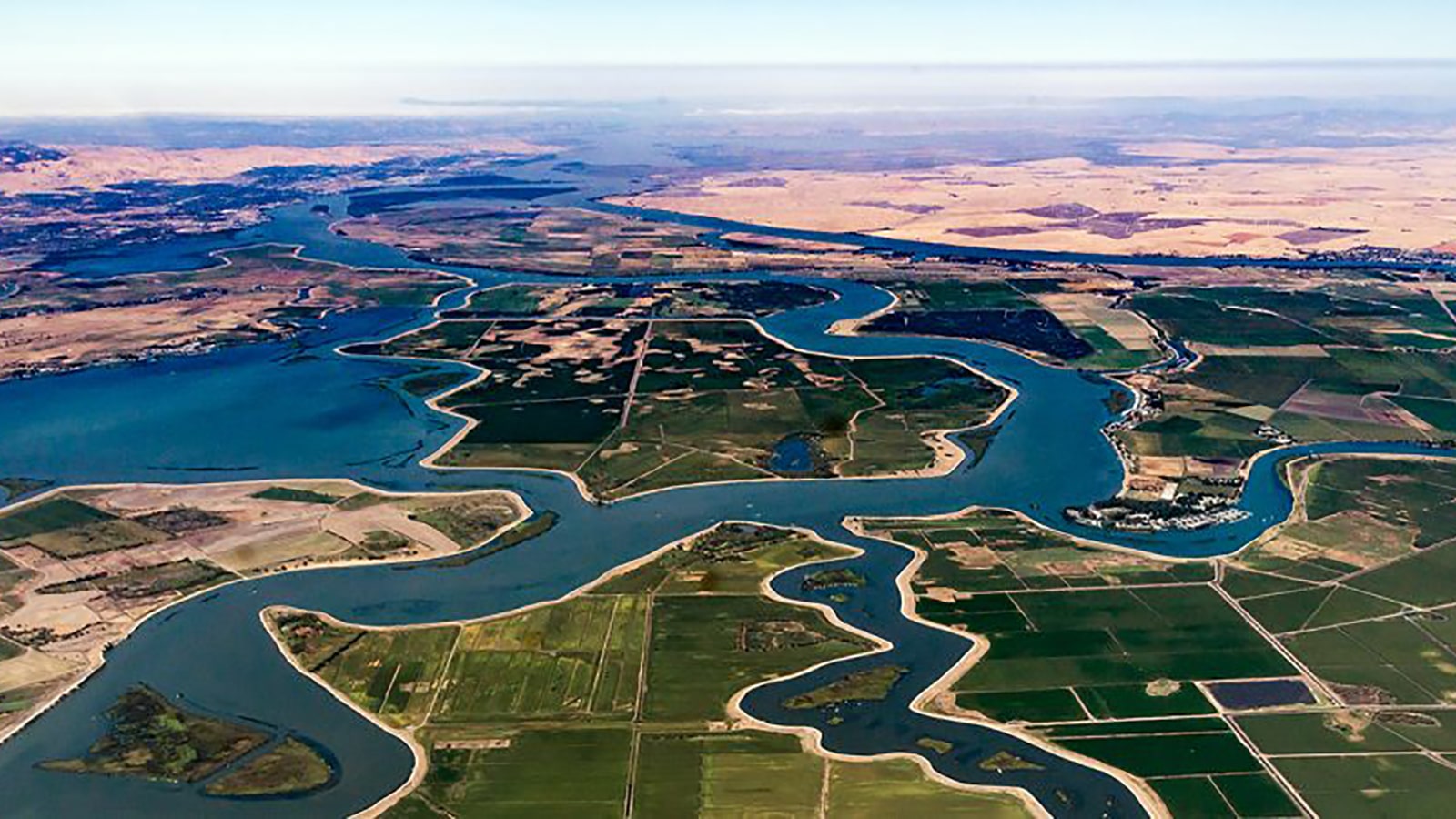
2018
Signed a contract with the City of Ashland for a second water quality trading program in the Rogue Basin and another with the U.S. Forest Service to develop systems to facilitate more efficient and effective restoration within the designated Wild & Scenic sections of the river.
Began first site visit program, taking more than 80 donors to projects to witness the impacts of their support in person.
Won two new 10-year deals that will keep water in Beech and Reynolds Creeks, resulting in more than 1,700 GPM protected.
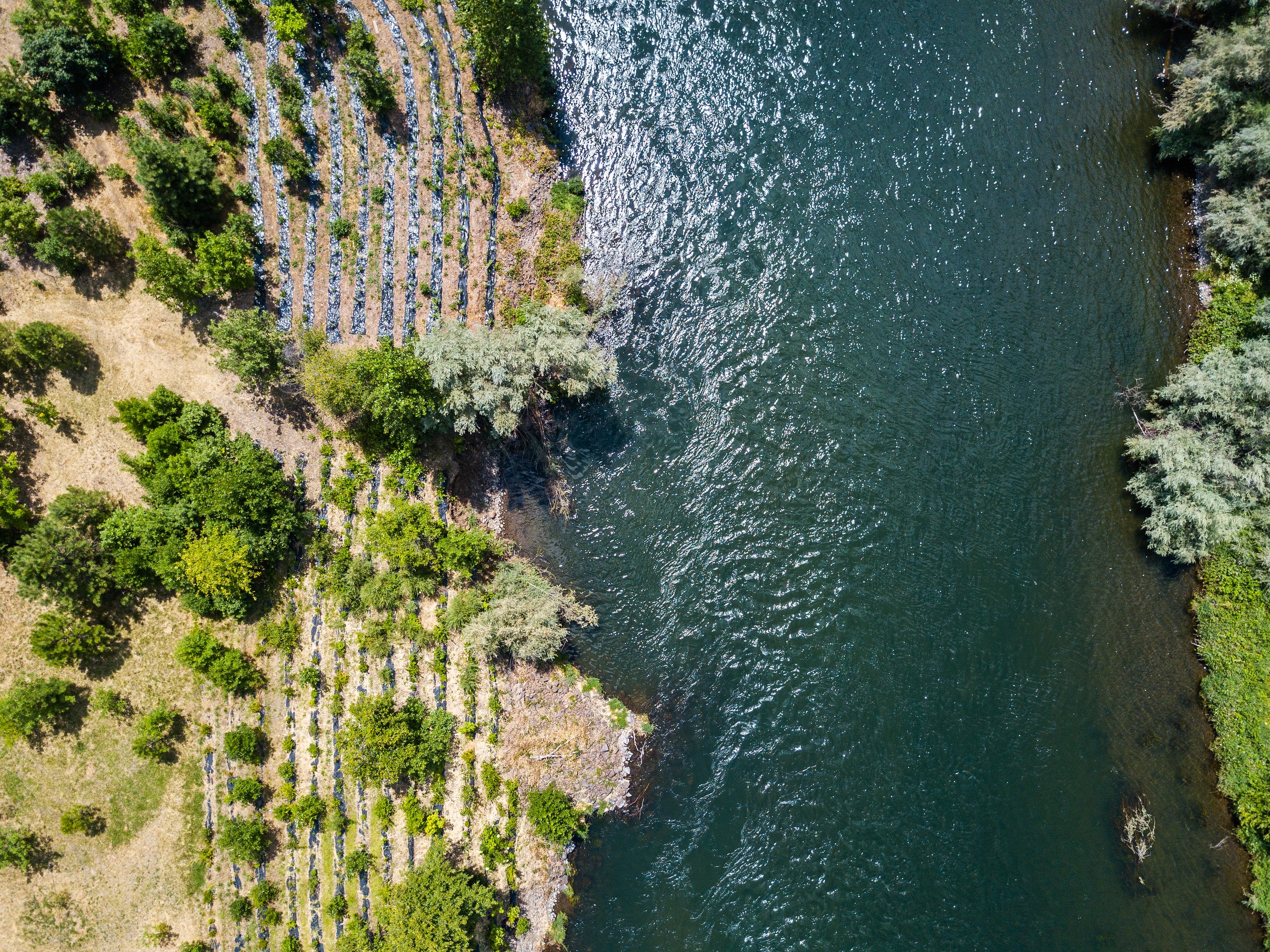
Received more than half a million dollars from the Oregon Water Resources Department (OWRD) for the Johnston Lane Conservation Project, an effort to convert nearly 300 acres of grass hay and alfalfa in Wallowa County from flood irrigation to a pivot irrigation system, which is estimated to protect 1.98 cubic feet per second, or more than 1,000 gallons of water per minute. One landowner estimated a 10 to 20% increase in agricultural production from this effort.
Received a $490,000 grant from the California Department of Water Resources (DWR) to engage disadvantaged communities in plans to sustainably manage groundwater in California, such as workshops about the future of groundwater in their areas and targeted education materials in multiple languages, including Spanish and Cantonese.
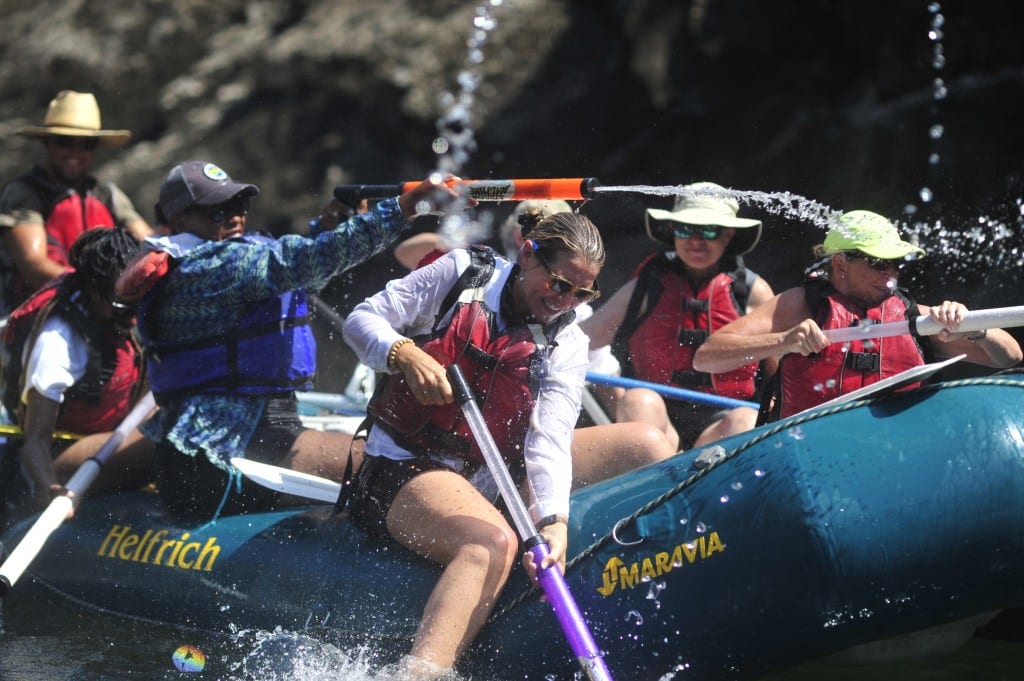
Hosted our first Women on Water trip, an expedition to get more women CEOs, founders and leaders out on the water and connected to rivers.
2019
Opened office in San Francisco and added additional staff capacity to our team, including four new women in California, so that we can offer our solutions at a greater scale and more efficiently.
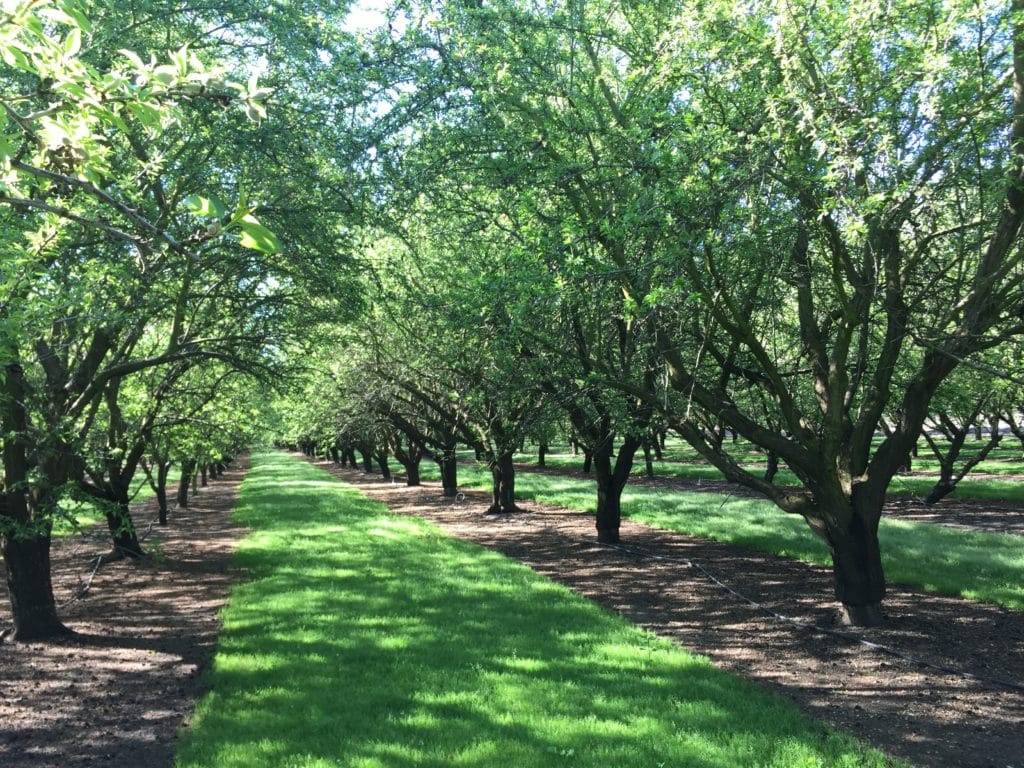
Partnered with IBM and SweetSense to pilot a project using blockchain and remote sensing to track groundwater use in California. This project received recognition in multiple national news outlets including WIRED, Forbes and Digital Trends.
Secured $280.5 million in state funds through our partnership with the Sacramento Regional County Sanitation District to use our modeling tools and offset the impacts of their operations, while improving streamflow and offering ecological benefits across more than 16,000 acres of the Sacramento-San Joaquin Delta.
Signed contract with the Metropolitan Wastewater Management Commission of Eugene-Springfield to quantify and offset their impacts on local watersheds.
Formed and fostered a Diversity, Equity and Inclusion committee to ensure staff dive into the ways these issues impact us as individuals and our mission.
2020
Launched BasinScout® Platform (BSP), a tool that reveals the most cost effective and highest impact projects to help us fix rivers on a timeline that matters.
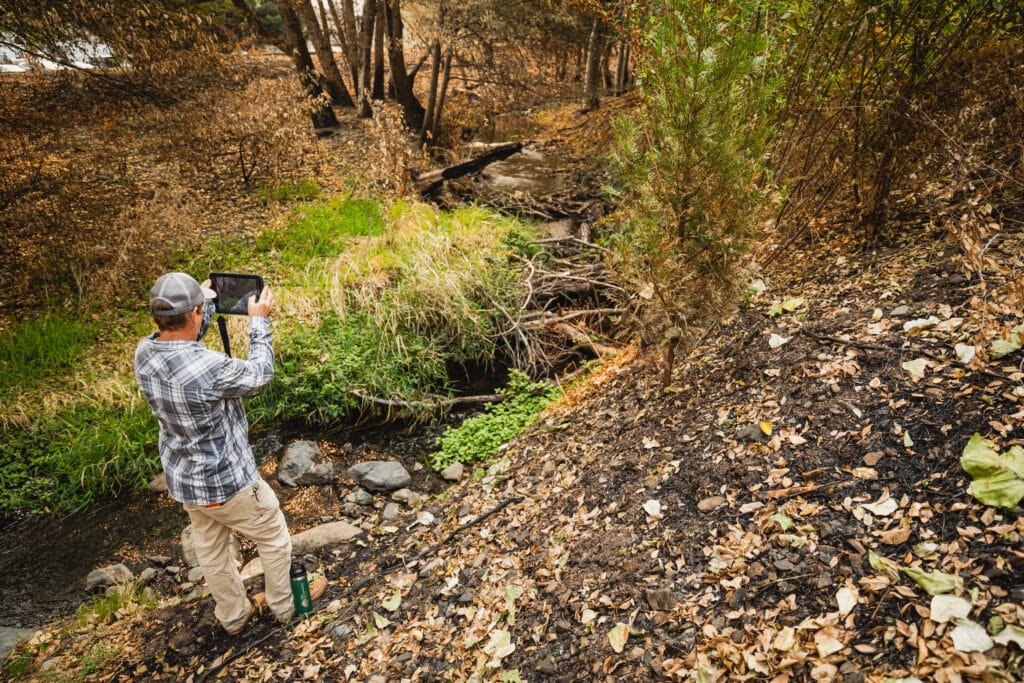
Contracted with the American Farmland Trust (AFT) to help identify and prioritize on-farm projects and easements that will result in the greatest outcomes for surface and groundwater resources in the San Joaquin Valley.
Signed on with the King County Department of Natural Resources and Parks Wastewater Treatment Division (WTD) of Seattle to assess the feasibility of a collaborative, multiparty program to improve the water quality of the Puget
Sound.
Partnered with Microsoft to discover cost-effective projects that benefit water quality and quantity in the Sacramento region and ultimately contribute to Microsoft’s water stewardship strategy and sustainability efforts.
Built a tool with the US Forest Service (USFS) to help determine where their money should be spent to lower water temperatures in the Sandy.
President Joe Whitworth testified before the U.S. Senate Committee on Energy and Natural Resources Subcommittee on Water and Power, advocating to leverage technology and finance in new ways to solve legacy water problems.
Supported resilience in the face of wildfire. In Talent, OR, where the Alameda fire devastated much of the city, 100% of one of our streamside restoration projects had fire, yet less than 10% of the project burned hot enough to damage the tree crowns.
